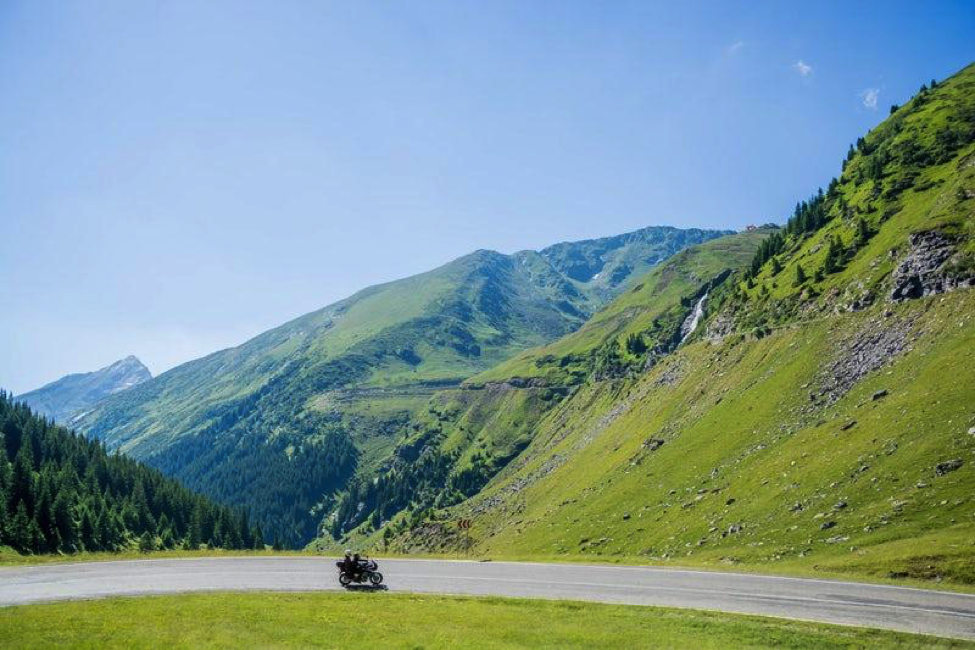Most of us dreamed about long journeys on our bikes long before we bought our first one. There is something adventurous in riding a bike alone, on empty roads, hundreds or even thousands of miles away from home. If you’re gearing up for your first motorcycle tour, here’s what to do:
Plan Your Trip Thoroughly
Even if you are familiar with the roads you will be taking, chances are you have only done it in a car, and not on a bike. That is why you need to plan every detail when you go for your motorcycle tour. Make sure that you schedule enough rest stops, so you can stretch your legs and have some coffee. Once every 100 miles should do the trick.
Pick the Right Motorcycle
Picking the right motorcycle for your first moto tour is crucial. There are several factors you need to consider when getting a bike, like the type of surface you plan on riding (paved or country roads, or even cross-country), weather you may encounter, and how much storage you need. The surface is probably the most important part. Are you planning on touring from city to city, on highways? That is very different from carving the canyons on a racing motorcycles. Perhaps you want to go cross-country, with poor roads? This will determine what kind of bike and tires you need. Weather is something most people overlook when selecting a bike. They assume that they will ride it only when the weather is nice, but on longer trips, that assumption can be very wrong. Weather can change suddenly and you can end up riding under conditions neither you nor your bike are ready for. Finally, storage space is very important for longer rides, especially so if you plan on taking someone with you.
Check Your Bike
It goes without saying that your bike needs to be 100% ready for any trip, let alone a long tour. Check everything, or take it to the shop and have them check it for you. Just don’t get talked into repairing something that isn’t worth the hustle. Things that you can check yourself are tires, battery, the oil level in the engine and in the braking system, and any visual signs of wear and tear. More complicated matters, like valve calibration, cleaning fuel system, and checking electrical system are best left to the professionals. Of course, if you are comfortable doing them yourself, even better.
Pack Accordingly
Just to be clear, we are not talking about swimwear and beach towels, but rather what you will need to get to the beach in the first place. Good gear is a must for any serious trip. Jacker, trousers, gloves, and boots should be certified for bad weather and should have a protection rating. If you plan on riding through some bad weather, consider investing in riding gear with built-in heaters. You will also need some other essentials, like a first aid kit, a small repair kit with extra spark plugs and tools to replace them, and a tire plug kit. Murphy’s law states that any breakage will occur at the most inopportune moment and you should be prepared to deal with it the best way you can. If you don’t have one, think about installing a windshield. Rain gear should be packed so that you can get it in a hurry if you need to. And whatever you do, buy a good helmet, not some Chinese knock-off.
Practice
One of the biggest mistakes new riders often make is assuming that they can just sit on a bike and pull off a 500-mile journey with little to no experience. This is the quickest way to get yourself in trouble and start hating riding. You need to pace yourself until you have enough experience to accomplish a long motorcycle tour. Start small and work your way up, until you are comfortable with your bike and confident that you can handle it in every situation you may encounter. If you don’t, chances are you will be in for a rude surprise when you first run into any trouble on the road, from adverse weather to incompetent drivers around you. Not to mention that your body needs time and practice to accommodate to the riding position.


